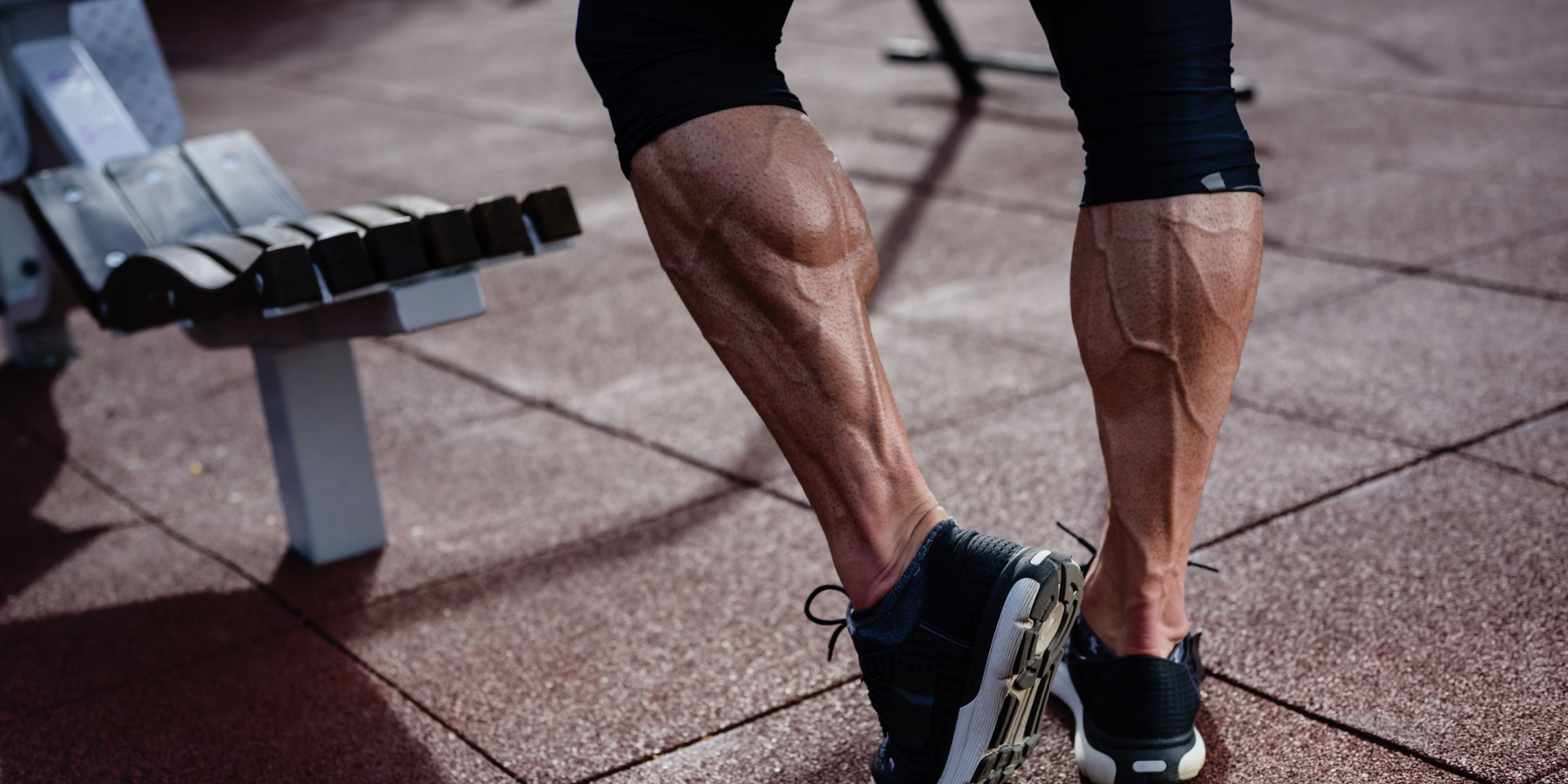Is It Possible to Grow Your Calves?
Sep 18, 2023 mindpumpCalves can seem nearly impossible to grow. We can look at some people who just naturally have defined calves and wonder, “How’d they get so lucky?!” And the obvious answer is always…genetics!
Though it may seem like the calves are the most stubborn muscles to grow, there is actually no evidence to indicate that they are physiologically different from other muscles in terms of hypertrophy, or muscle growth. As with most things, genetics do play a role in muscle development, the shape of each muscle belly, and ratio of Type I to Type II fibers, but they are not the only variables that come into play when it comes to the capability of putting on muscle, on any part of our body.
Keep in mind, the calves are usually not the body part we are excited to get after in the gym. Even when it’s leg day, I see most people doing one, maybe two, exercises that isolate the calves–and that’s on a good day. We tend to dedicate parts of our workout to get a nice pump, like for our shoulder or biceps, but who does that for their calves?
I know–the dude with nice calves.
Yes, if you want to grow your calves, you need to treat them like any other muscle you want to emphasize.
But, you need to go about it the right way.
The calf muscle is made up of two muscles: the soleus and gastrocnemius. The gastrocnemius is superficial to the soleus, which means it is closer to the surface of the body than the soleus. So when we think of the size, or how aesthetically-pleasing the calf muscle looks, we are usually referring to the gastrocnemius.
This is important, because although both of these muscles produce the same action, they vary slightly in other ways. Both of the calf muscles plantarflex the foot, which is when the toes of the foot move away from the leg. Examples include walking on the balls of your feet, pointing your toes in dance class, or the movement of your feet right before you jump in the air.
The muscle fiber makeup, however, is a little different between the two. The percentage of Type I muscle fibers that make up the gastrocnemius is less than that of the soleus. So what does this tell us?
The soleus is what helps us maintain balance while standing and in our gait; so in terms of endurance, the soleus is a very strong, durable muscle. The gastrocnemius is more of a power muscle, and this guy activates when we perform explosive movements or lifts, like jumps or sprints.
So to get the most muscle definition and growth, you need to complete exercises that emphasis the gastrocneius. If you wanted a stronger soleus, you’d probably focus more on walking and long distance running, because there would be more emphasis on the soleus.
Calf raises are always a go-to move to build the calves, but you would want to place more emphasis on standing calf raises than sitting. Because the gastrocnemius attaches above the knee, being in the standing position puts the muscle in an optimal position. The soleus attaches below the knee, so sitting calf raises would be preferred if you want to target the soleus.
Anytime you can do more explosive movements that can put you in that plantarflexion position, the better the chance you will grow more profound calves.
Frequency and volume is also something that should be considered. If you are not targeting the calves three days a week, you need to start now. And for those three days, you should be doing at least 2 to 3 exercises that either isolate or put heavy emphasis on the calves.
If you need a little more guidance, I would recommend the MAPS Calves MOD Program. Even if you think growing your calves is a lost cause, following this program may help you change your mind!







